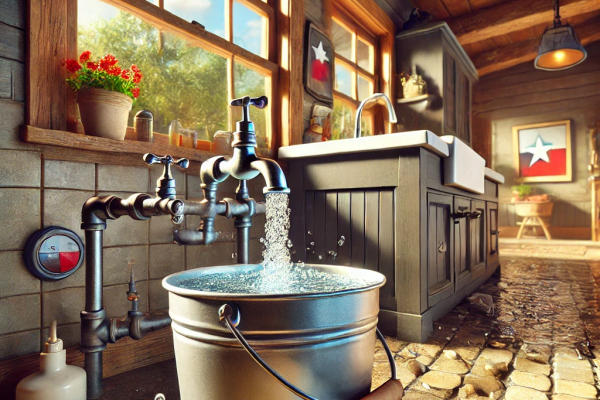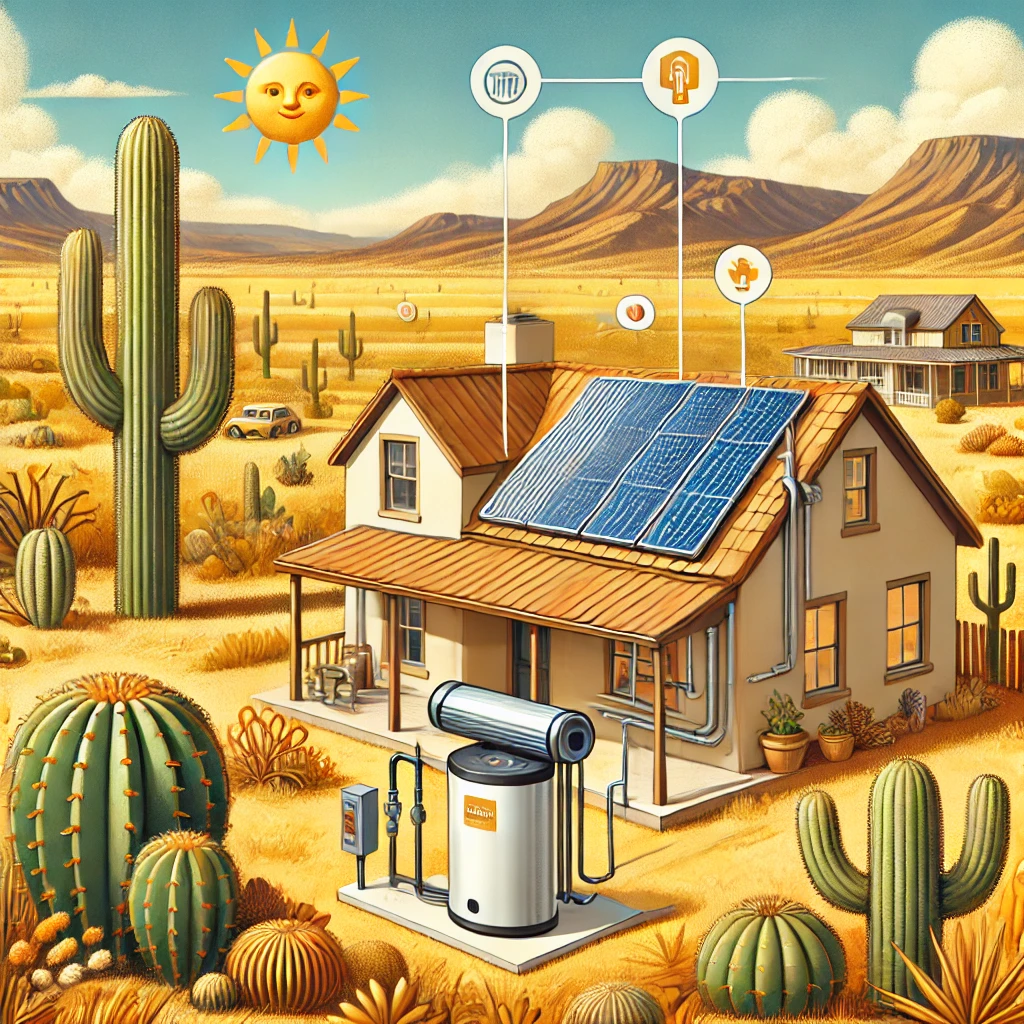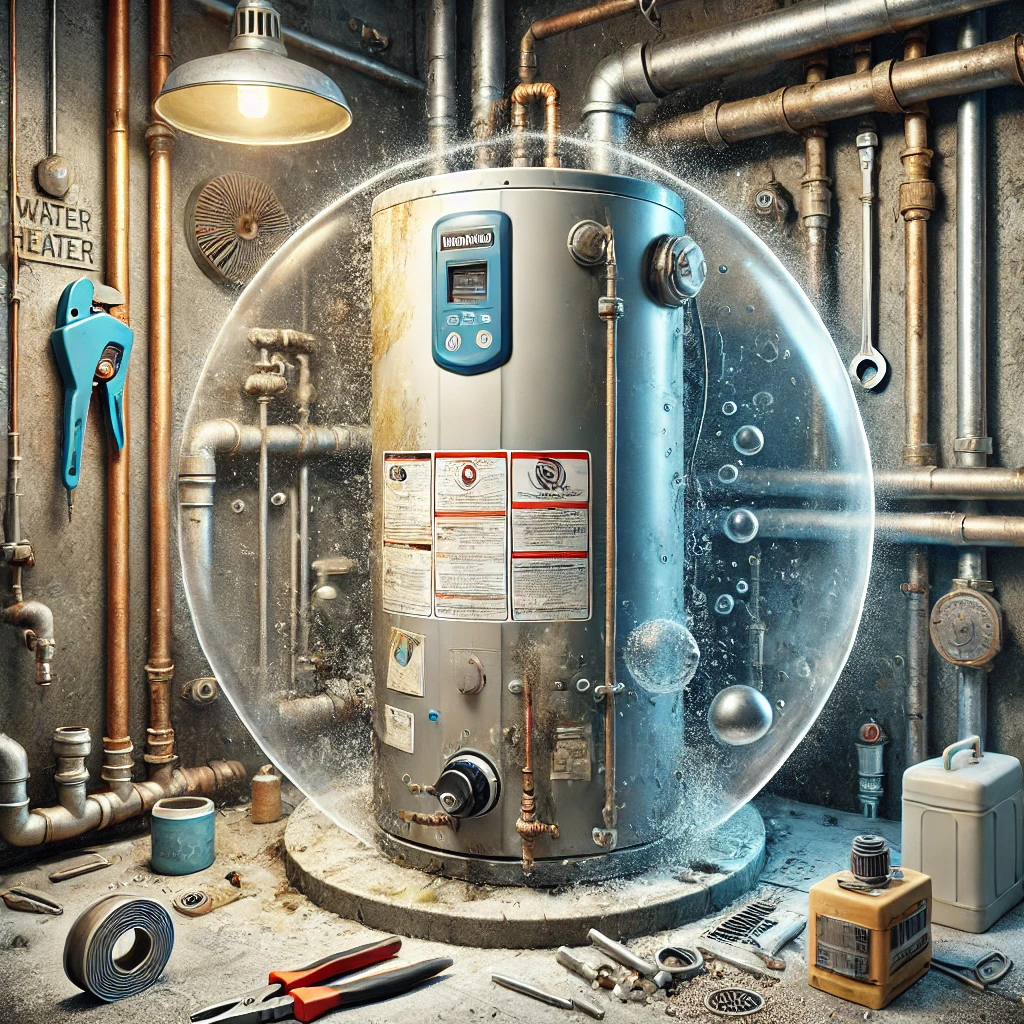
Why Hot Water Disappears and How to Get It Back Quickly: Tips for Texas Homeowners
Introduction
You turn on the hot water tap, and... nothing! Or perhaps, the water is lukewarm instead of the usual steaming hot. This issue is common among many homeowners in Texas, particularly during the scorching summer months. While the problem may seem concerning, the good news is that it’s usually not a catastrophe. To quickly restore your hot water, it's important to first understand the key factors that can affect the performance of your water heater.
1. Why Does Hot Water Disappear? Causes and Possible Issues
If your hot water isn't flowing properly, several factors might be at play. Some issues are simple to resolve, while others may indicate a mechanical failure. Here are a few common culprits:
Thermostat Malfunction
Your water heater’s thermostat regulates the water temperature. If it malfunctions, the water may not reach the desired temperature, leaving you with lukewarm water.
Heating Element Failure
Water heaters typically have two heating elements—one at the top and one at the bottom. If either element fails, the heating process can slow down significantly, or you may not get any hot water at all.
Sediment Buildup
In Texas, the water is often hard, meaning it contains higher levels of minerals like calcium and magnesium. Over time, this sediment accumulates inside the water heater tank, slowing down the heating process and reducing efficiency.
Excessive Water Usage
If several people in your household are using hot water simultaneously—taking showers, doing laundry, or washing dishes—the tank might not replenish the hot water quickly enough to meet demand.
Water Pressure Issues
In some cases, water pressure problems can restrict the flow of water into the system, which can reduce the heater’s efficiency and delay the warming process.
2. How Long Does It Take to Restore Hot Water?
The time it takes to restore hot water depends on several factors:
Type of Water Heater
Gas water heaters typically heat water faster than electric ones, as gas burners generate more heat in a shorter time.
Tank Size
A larger water heater tank means more water to heat, so it will take longer to bring the entire volume to the desired temperature.
Ambient Temperature
Texas’ hot climate often helps speed up the heating process, but during the winter, cold incoming water can slow things down, especially for electric water heaters.
Condition of the Unit
Older or poorly maintained water heaters are less efficient, and sediment buildup inside the tank can slow down the heating process significantly.
Household Water Usage
If your household frequently uses large amounts of hot water, the recovery time may be longer as the heater has to work harder to replenish the tank.
On average, a gas water heater takes 30-40 minutes to fully heat a tank of water, while an electric model might take up to an hour.
3. How to Speed Up Hot Water Recovery
There are several practical ways to reduce the waiting time for hot water:
Check Thermostat Settings
Ensure your thermostat is set to the optimal temperature, typically around 140°F (60°C). Setting it too low can delay heating, while setting it too high can be wasteful and dangerous.
Flush the Water Heater
Over time, sediment can accumulate inside the tank, slowing down the heating process. Flushing the water heater annually will help prevent this and improve efficiency.
Use Hot Water Efficiently
Try to spread out your hot water usage throughout the day. Avoid running multiple hot water-intensive tasks, such as showers, laundry, and dishwashing, all at once.
Install a Circulation Pump
For larger homes, installing a circulation pump can ensure that hot water is delivered more quickly to your faucets, cutting down on waiting times.
Upgrade to a Tankless Water Heater
Tankless water heaters provide hot water on demand, eliminating the need for a storage tank and significantly reducing recovery time.
4. Common Homeowner Mistakes and How to Avoid Them
Texas homeowners often face hot water issues due to common maintenance mistakes. Here are some of the most frequent mistakes and how to avoid them:
Skipping Regular Maintenance
Neglecting to perform regular maintenance, such as flushing the tank, can cause sediment buildup and corrosion, drastically reducing the lifespan of your unit.
Setting the Temperature Too High
Setting the water heater’s temperature too high can damage heating elements and increase the risk of burns, particularly for children. Stick to around 140°F for optimal safety and efficiency.
Using Incompatible Water Filters
If you're using water filters, ensure they are compatible with your water heater. Incorrectly matched filters can strain the system and reduce its efficiency.
Overloading the System
Simultaneous heavy water use (for example, multiple showers or laundry loads) can quickly deplete your hot water supply. Plan usage to prevent overloading.
5. When to Call a Professional
If you're dealing with recurring issues, such as significant delays in hot water recovery or sudden temperature fluctuations, it’s advisable to call a licensed plumber. In Texas, the extreme heat can exacerbate water heater performance problems, making regular servicing especially important.
A professional plumber can help you identify the root of the problem and may recommend upgrades, such as hybrid water heaters or solar water systems, which can provide long-term solutions.
6. The Impact of Texas Climate on Water Heaters
Texas’ unique climate, combined with the region’s hard water, can greatly affect the efficiency and lifespan of your water heater. Here’s what you need to know:
High Temperatures
The hot Texas climate can reduce the cooling efficiency of some water heater models. In areas with extreme heat, certain water heater components may wear out faster, causing them to lose efficiency.
Hard Water
Texas water often contains high levels of minerals, which can result in sediment buildup inside your water heater. This can lead to slower heating and reduced efficiency, so regular tank cleaning is essential to maintaining peak performance.
Winter Temperature Drops
While Texas winters are generally mild, they can still lead to cold incoming water, especially in northern parts of the state. Cold water entering the system can slow the heating process, particularly for electric models.
7. Conclusion
Losing access to hot water can be a frustrating experience, but the good news is that most issues are solvable with a bit of understanding and care. By learning how your water heater operates and keeping it properly maintained, you can prevent many common problems. Regular servicing, flushing, and periodic inspections can help ensure that your water heater continues to work efficiently, providing an uninterrupted hot water supply for your home.
In Texas, where the climate is extreme and hard water is prevalent, it’s even more important to stay on top of maintenance. Taking care of your water heater not only ensures comfort but also helps conserve energy and resources.
If you’re unsure about tackling the issue yourself, don’t hesitate to consult a professional to help you get your hot water back on track quickly.






